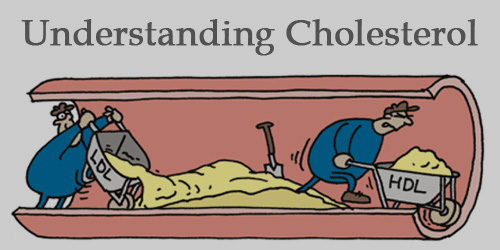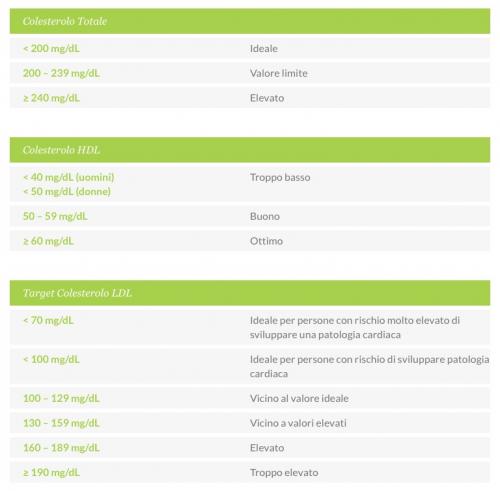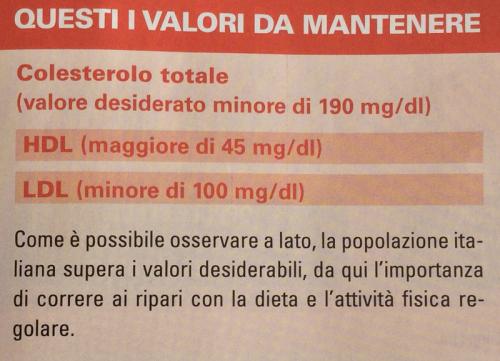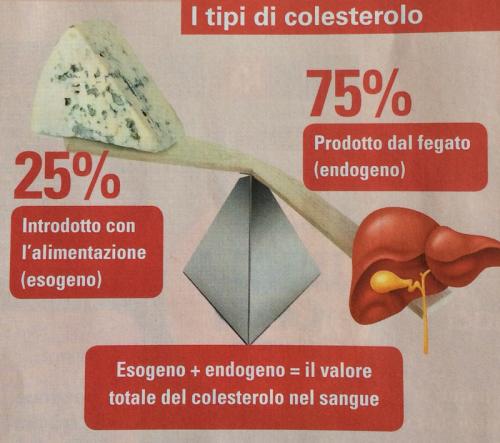Saturday, July 11, 2015
Understanding Cholesterol

Cholesterol is an organic molecule. It is a sterol (or modified steroid), a lipid molecule and is biosynthesized by all animal cells because it is an essential structural component of all animal (not plant or bacterial) cell membranes that is required to maintain both membrane structural integrity and fluidity. […] In addition to its importance within cells, cholesterol also serves as a precursor for the biosynthesis of steroid hormones, bile acids, and vitamin D.
[from Wikipedia]
What Is Cholesterol?
Cholesterol is a waxy, fat-like substance that is naturally present in cell walls or membranes everywhere in the body. The body uses cholesterol to produce many hormones, vitamin D, and bile acids that help to digest fat. Too much cholesterol in your bloodstream can lead to narrowing of arteries in the body that cause heart attacks, strokes, and peripheral artery disease.
Understanding Cholesterol Numbers
- Total cholesterol
- LDL (low-density lipoprotein cholesterol, also called “bad” cholesterol)
- HDL (high-density lipoprotein cholesterol, also called “good” cholesterol)
- Triglycerides (fats carried in the blood from the food we eat: excess calories, alcohol, or sugar in the body are converted into triglycerides and stored in fat cells throughout the body)
The first thing you need to know is that the numbers by themselves are not enough to predict your risk of heart problems or to determine what you need to do to lower that risk. They are, instead, one part of a larger equation that includes your age, your blood pressure, your smoking stattus.
LDL Cholesterol
LDL cholesterol can build up on the walls of your arteries and increase your chances of getting heart disease. That is why LDL cholesterol is referred to as “bad” cholesterol. The lower your LDL cholesterol number, the lower your risk. If your LDL is 190 or more, it is considered very high. Your doctor will most likely recommend a statin in addition to making healthy lifestyle choices. Statins are medicines that can help lower cholesterol levels.
HDL Cholesterol
When it comes to HDL cholesterol - “good” cholesterol - a higher number means lower risk. This is because HDL cholesterol protects against heart disease by taking the “bad” cholesterol out of your blood and keeping it from building up in your arteries. A statin can slightly increase your HDL, as can exercise.
Triglycerides
Triglycerides are the form in which most fat exists in food and the body. A high triglyceride level has been linked to higher risk of coronary artery disease. Here’s the breakdown:
- Less than 150 Normal
- 150 - 199 Mildly High
- 200 - 499 High
- 500 or higher Very high
[from WebMD Medical Reference]


